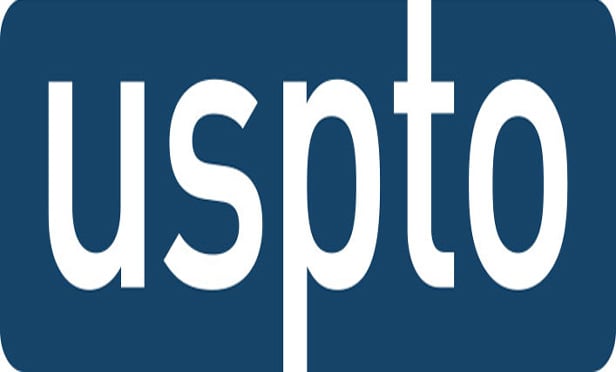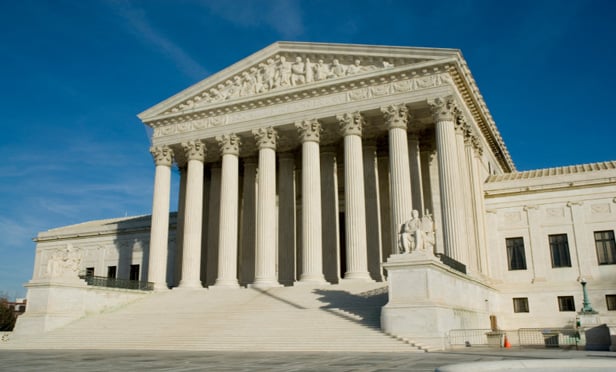Columns & Departments

Bit Parts
General Counsel for “Ultra Music” Company Can't Be Deposed in Lawsuit by Licensee<br>Magistrate Rules That Statute of Limitations for Copyright Infringement Actions Is No Bar to Discovery Requests<br>New York Federal Court Will Consider Copyright Ownership Claim, But Not Registration Issue, in Dispute Over Play
Features

The Case for Use of Accelerated Case Resolution in TTAB Proceedings
This article outlines the available options under the Trademark Trial and Appeal Board's ACR rules and discusses the strategic considerations in determining whether ACR might be advantageous, particularly in light of increasing pressure from clients to reduce costs and expedite the decision-making process.
Features

<i>Zeran v. AOL</i> and Its Inconsistent Legacy
<i><b>How the Seminal Fourth Circuit's Ruling Is Applied in Different Circuits</b></i><p>The rule of <i>Zeran</i> has been uniformly applied by every federal circuit court to consider it and by numerous state courts. And it has never been rejected in any precedential opinion. Indeed, it is perhaps a fitting tribute to the viability of <i>Zeran</i> that 20 year later the U.S. Court of Appeals for the Ninth Circuit, in its 12th opinion construing the CDA, barely spent even a sentence affirming dismissal of a defamation claim brought against Facebook over user content, pursuant to the CDA and the rule first developed in <i>Zeran</i>.
Features

Supreme Court, Federal Circuit Deny Damages for Patent Found to Be Valid and Infringed
On Nov. 13, 2017, a Federal Circuit panel of Chief Judge Prost, Judge Mayer, and Judge Chen issued a unanimous decision in <i>Promega Corp. v. Life Technologies Corp.</i> On remand from the United States Supreme Court, the panel affirmed a grant of judgment as a matter of law by the United States District Court for the Western District of Wisconsin that the plaintiff failed to prove its infringement case under §§35 U.S.C. 271(a) and 271(f)(1). The panel affirmed the district court's denial for a new trial on damages and infringement, and reaffirmed its prior holdings on enablement, licensing, and active inducement issues.
Features

Labor and Employment Law Changes in the Trump Era
President Trump's first 11 months in office brought significant changes to labor and employment law. Immediate changes to the leadership and agendas for the DOL, the EEOC and the NLRB) have already occurred, along with reversals of policy and positions taken in court.
Features

Fantasy Sports Dispute Results In New Views On Exceptions to Rights of Publicity
In a case of first impression, the U.S. District Court for the Southern District of Indiana has decided that the newsworthiness and public interest exceptions to Indiana's right-of-publicity statute do apply to online fantasy sports companies that use college athletes' names and likenesses.
Features

Wave of Sexual Misconduct Claims Warrants Looks at Confidentiality, Nondisclosure Agreements
Companies try to protect their reputations from executives who have "gone wild" by including moral turpitude clauses as a basis to terminate executives for cause under their employment agreements. Similarly, in the context of employment disputes, companies try to protect themselves through the use of non-disclosure, non-disparagement and confidentiality provisions in settlement agreements.
Features

Key Decisions from Delaware Courts
<b><i>Mergers and Acquisitions</i></b><p>A few recent decisions from the Delaware Court of Chancery provide useful information to corporate executives who are involved in the sale or purchase of businesses, or who are involved in joint ventures in which the sales price or the post-closing profit distribution is based on certain milestones being reached.
Features

Decision of Note<br><i>Empire</i> TV Show Doesn't Infringe Hip-Hop Label Trademark
The U.S. Court of Appeals for the Ninth Circuit decided that the Fox TV show <i>Empire</i> didn't violate federal Lanham Act or California trademark rights of the urban music record label Empire Distribution.
Need Help?
- Prefer an IP authenticated environment? Request a transition or call 800-756-8993.
- Need other assistance? email Customer Service or call 1-877-256-2472.
MOST POPULAR STORIES
- The 'Sophisticated Insured' DefenseA majority of courts consider the <i>contra proferentem</i> doctrine to be a pillar of insurance law. The doctrine requires ambiguous terms in an insurance policy to be construed against the insurer and in favor of coverage for the insured. A prominent rationale behind the doctrine is that insurance policies are usually standard-form contracts drafted entirely by insurers.Read More ›
- The Brave New World of Cybersecurity Due Diligence in Mergers and Acquisitions: Pitfalls and OpportunitiesLike poorly-behaved school children, new technologies and intellectual property (IP) are increasingly disrupting the M&A establishment. Cybersecurity has become the latest disruptive newcomer to the M&A party.Read More ›
- A Lawyer's System for Active ReadingActive reading comprises many daily tasks lawyers engage in, including highlighting, annotating, note taking, comparing and searching texts. It demands more than flipping or turning pages.Read More ›
- Abandoned and Unused Cables: A Hidden Liability Under the 2002 National Electric CodeIn an effort to minimize the release of toxic gasses from cables in the event of fire, the 2002 version of the National Electric Code ("NEC"), promulgated by the National Fire Protection Association, sets forth new guidelines requiring that abandoned cables must be removed from buildings unless they are located in metal raceways or tagged "For Future Use." While the NEC is not, in itself, binding law, most jurisdictions in the United States adopt the NEC by reference in their state or local building and fire codes. Thus, noncompliance with the recent NEC guidelines will likely mean that a building is in violation of a building or fire code. If so, the building owner may also be in breach of agreements with tenants and lenders and may be jeopardizing its fire insurance coverage. Even in jurisdictions where the 2002 NEC has not been adopted, it may be argued that the guidelines represent the standard of reasonable care and could result in tort liability for the landlord if toxic gasses from abandoned cables are emitted in a fire. With these potential liabilities in mind, this article discusses: 1) how to address the abandoned wires and cables currently located within the risers, ceilings and other areas of properties, and 2) additional considerations in the placement and removal of telecommunications cables going forward.Read More ›
- The New York Uniform Commercial Code Comes of AgeParties in large non-consumer transactions with no connection whatsoever to New York often choose its law to govern their transactions, and New York statutes permit them to do so. What most people do not know is that the New York Uniform Commercial Code is outdated.Read More ›
